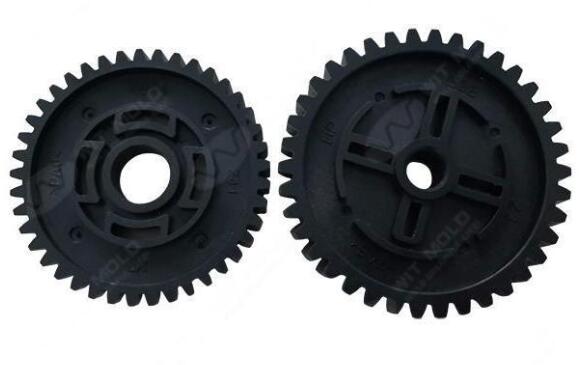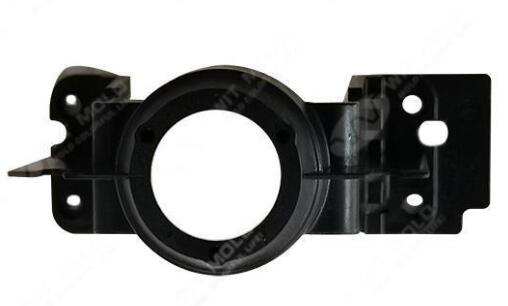Professional Services for PVC End Cap Injection Molding Projects
At Witmold, we specialize in delivering comprehensive injection molding solutions for PVC end caps, final ends, and various custom plastic components. Leveraging over 20 years of experience and a factory spanning 12,000㎡, we combine advanced technology with rigorous quality control to meet your precise requirements efficiently and reliably.
Custom Mold Design and Manufacturing
-
Our in-house mold design team utilizes advanced CAD/CAM/CAE software for precise mold engineering, allowing simulation and optimization before mold production.
-
We produce molds using high-quality steel materials such as P20, 718, H13, tailored to your production volume — ensuring molds last over 500,000 cycles under optimal conditions.
-
With CNC machining centers, wire cutting, EDM, and high-precision grinding machines, we ensure mold parts meet tolerances within ±0.01mm, critical for complex PVC components.
-
Our design-for-manufacturability (DFM) service helps identify potential production issues early, reducing mold modification costs and accelerating lead times.
Precision Injection Molding of PVC and Other Plastics
-
Our injection molding machines range from 80 to 1000 tons, enabling production of small delicate parts to larger components with consistent quality.
-
PVC molding demands strict control of parameters like temperature (typically 160-190°C for PVC), injection pressure, and cooling time. Our machines feature advanced temperature controllers and servo motors for precise process stability.
-
We specialize in molding soft and rigid PVC with good mechanical properties such as impact resistance and weatherability.
-
Multi-cavity molds allow efficient batch production, reducing cost per part while maintaining uniformity.
-
Besides PVC, we also mold ABS, PP, PE, PC, PA, and custom blends, meeting diverse industry applications.
End-to-End Project Support
-
Rapid and accurate quotations are provided based on your 2D/3D CAD files or physical samples, usually within 24 hours.
-
We assist in material selection, including PVC grades compliant with standards like RoHS and REACH for export markets.
-
Our mold trial and validation process includes:
-
Sample testing for dimensional accuracy and mechanical properties
-
Cycle time optimization for production efficiency
-
Surface finish and color matching inspections
-
-
Mass production follows after approval, with real-time quality monitoring, and export-standard packaging to prevent damage during transit.
-
Additional services include secondary assembly, ultrasonic welding, pad printing, and laser marking to meet your final product specifications.
Professional Communication and Technical Assistance
-
We commit to replying within 12 hours during business days.
-
Our technical engineering team can discuss mold design adjustments, material properties, and process parameters in detail.
-
We provide comprehensive documentation:
-
Mold design drawings
-
Material certification and test reports
-
Production reports including shot weight, cycle time, and rejection rate
-
-
Transparent project management enables you to track progress and ensures on-time delivery.
Competitive Pricing and Quality Assurance
-
By integrating mold making and injection molding under one roof, we minimize outsourcing risks and control costs.
-
Our total quality management system reduces defect rates to below 0.5%, ensuring consistent product reliability.
-
Mold life cycles and production efficiency improvements translate into lower unit costs—especially important for long-term or large-volume contracts.
-
We strictly follow ISO 9001 quality standards, and our products have passed third-party certifications required by global markets.
Experienced in Global Export
-
We export to Europe, North America, Southeast Asia, and beyond, adhering to international packaging and shipping standards.
-
Our logistics team supports FOB, CIF, and DDP shipping terms, with clear customs documentation.
-
Products meet environmental compliance including RoHS, REACH, and other certifications often required in electronics, automotive, and consumer goods sectors.
-
Long-term relationships with customers allow us to tailor inventory and production plans, ensuring stable supply even in peak seasons.
Ready to Support Your PVC Injection Molding Needs
Whether you require standard PVC end caps or highly customized injection molded components, Witmold offers the technical expertise, manufacturing capacity, and customer service to bring your projects to life. With a strong focus on quality, communication, and value, we aim to be your trusted manufacturing partner in China.
Contact us today to discuss your project and receive a professional quotation.

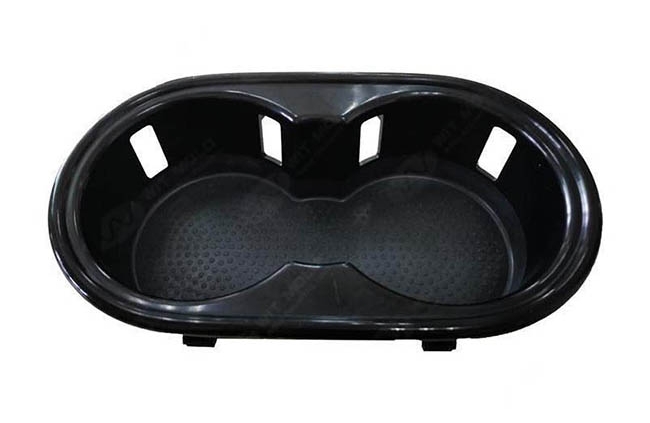
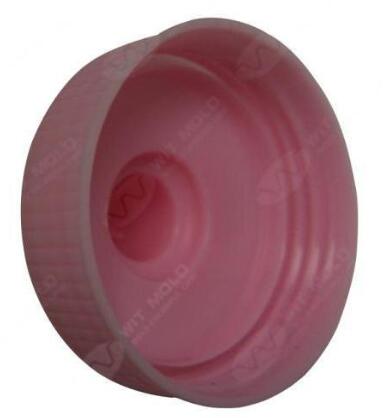
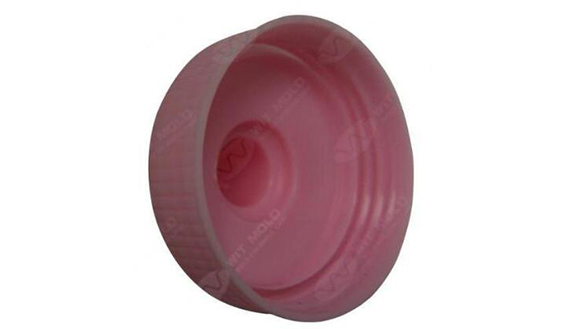
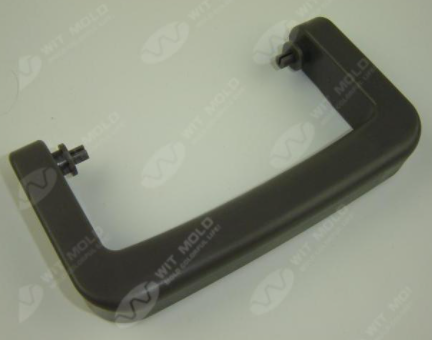
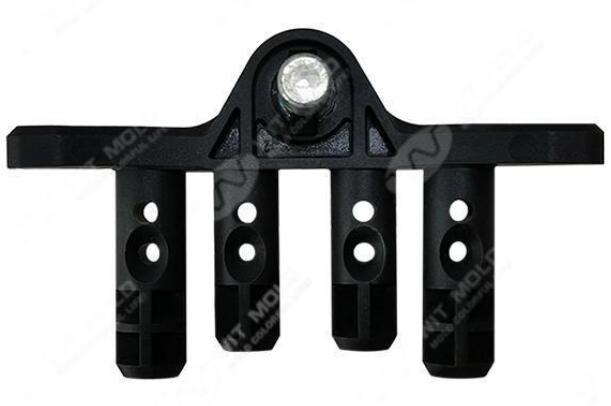
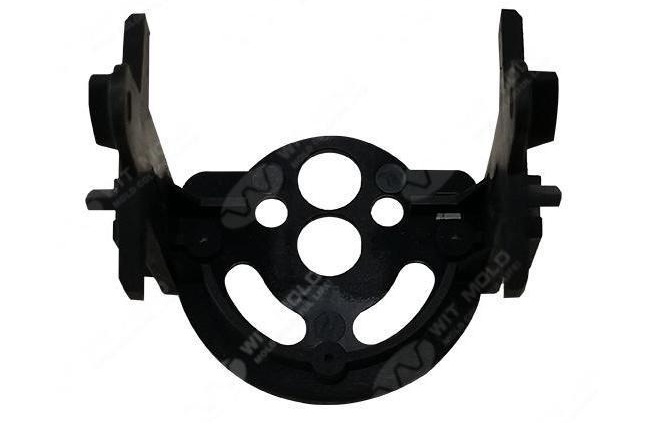
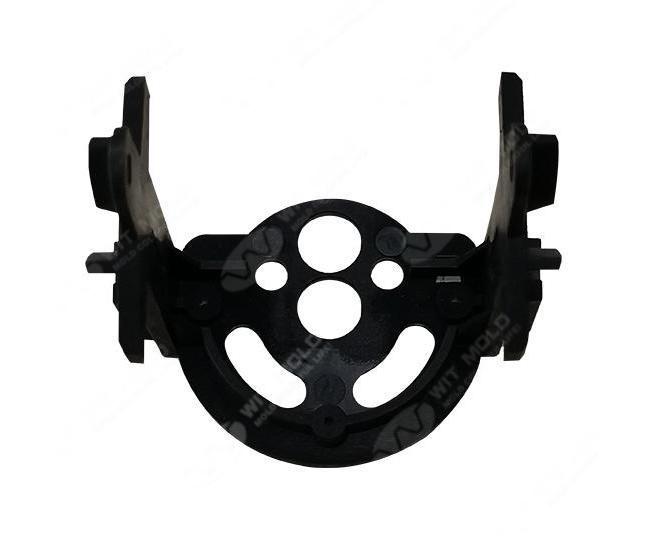
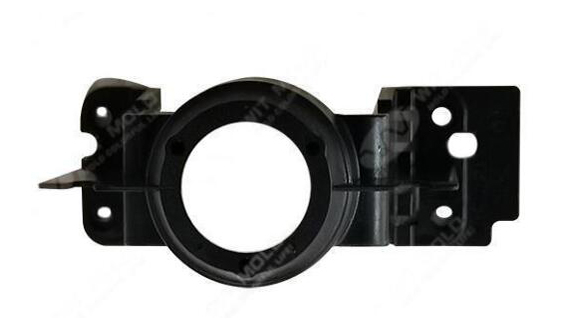

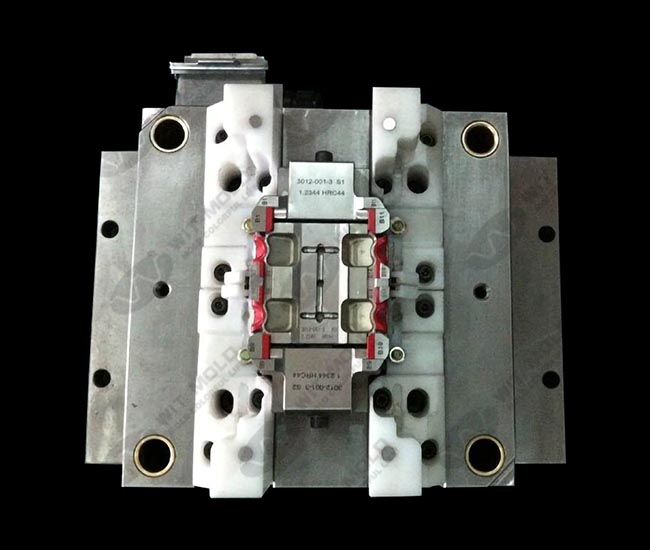
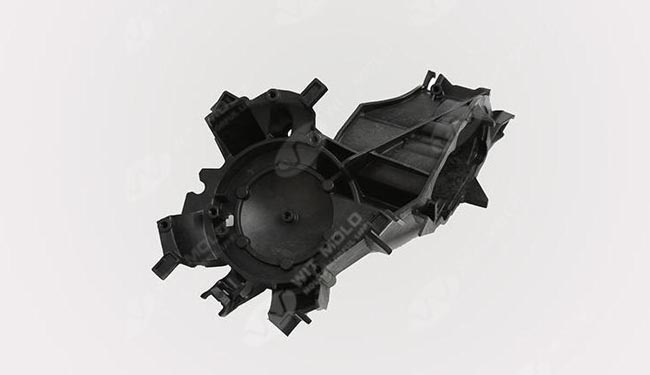
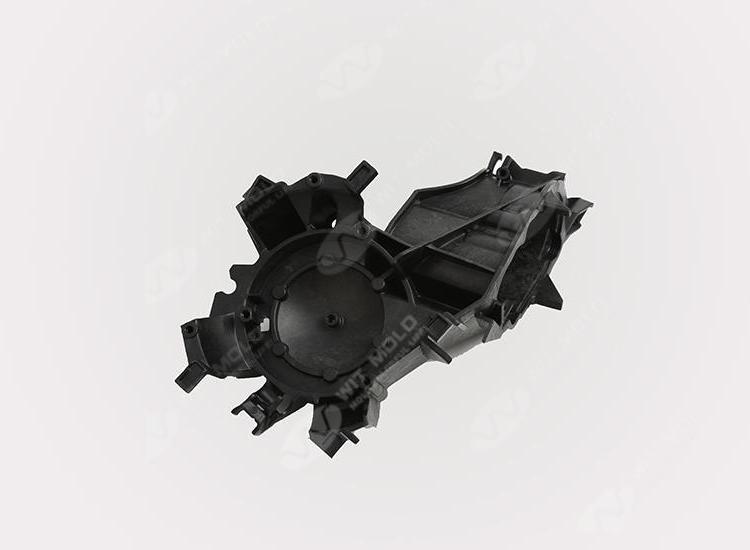
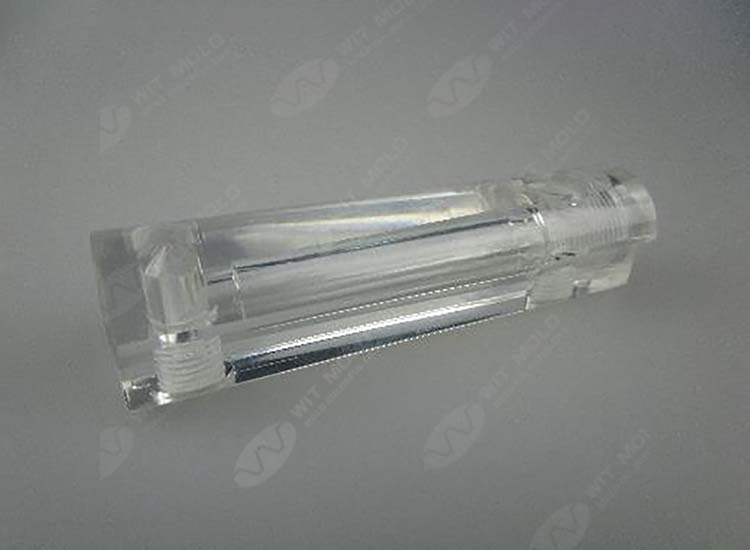
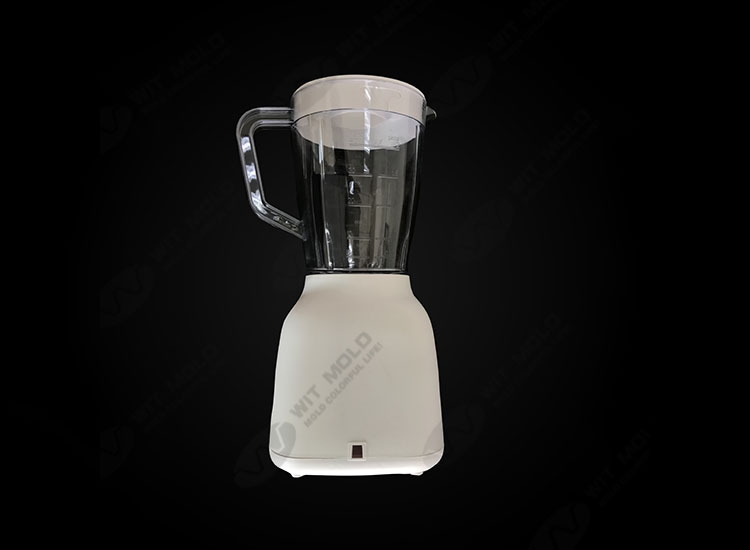
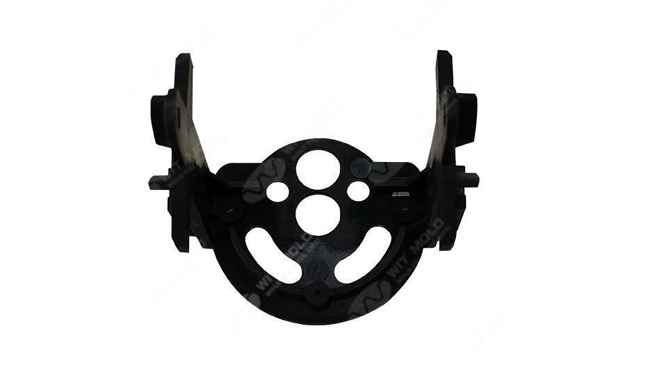
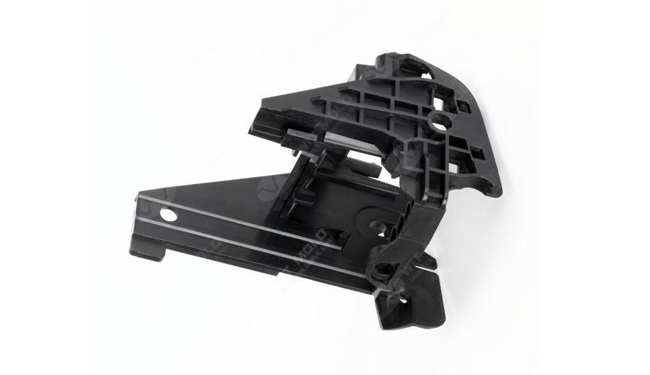
.jpg)
